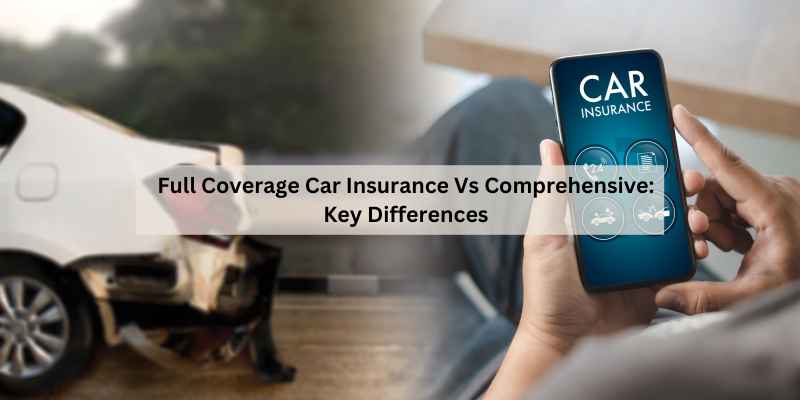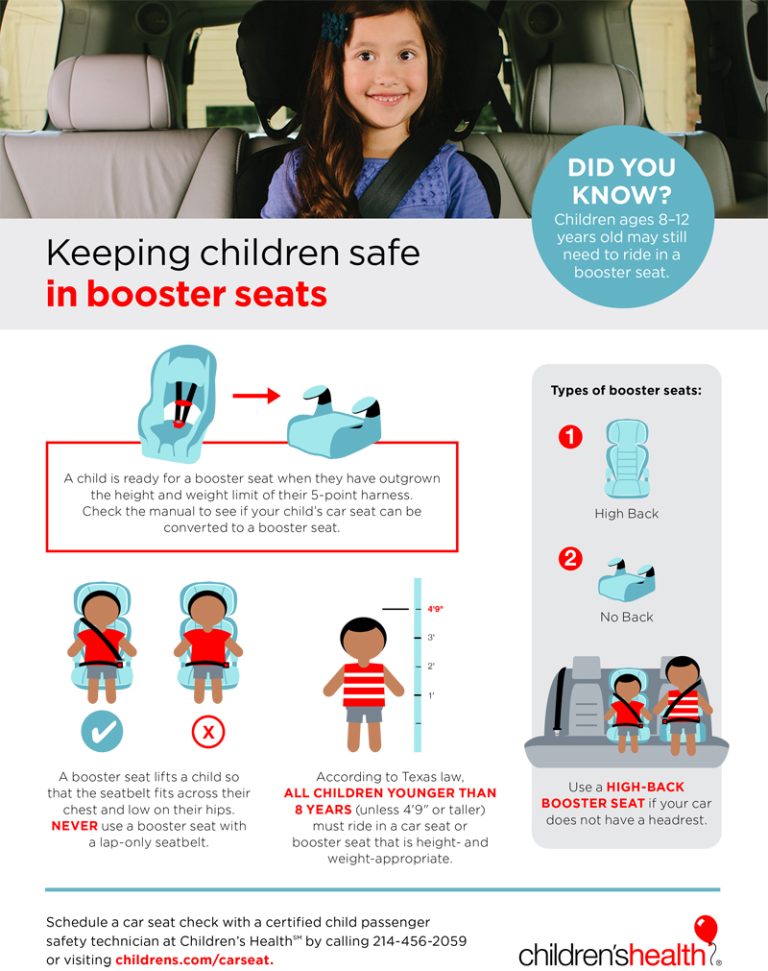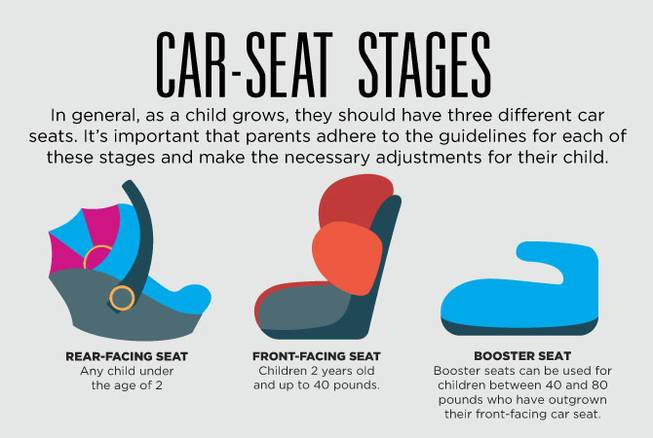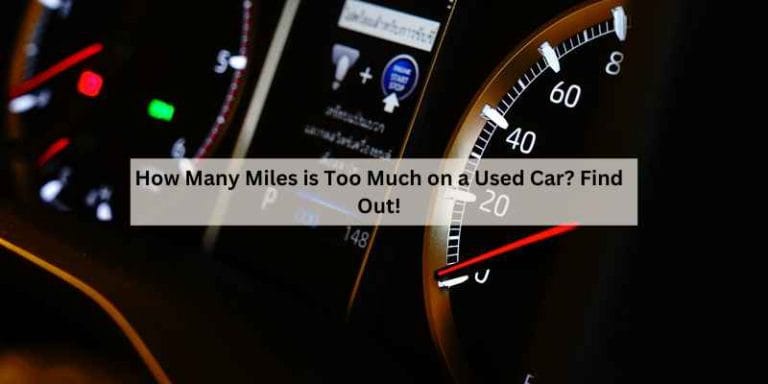Full Coverage Car Insurance Vs Comprehensive: Key Differences
Full coverage car insurance typically includes liability, collision, and comprehensive coverage. Comprehensive insurance only protects against non-collision incidents like theft or natural disasters.
Car insurance can be confusing, especially when comparing full coverage and comprehensive options. Full coverage generally offers a robust safety net, protecting against various risks, including accidents and property damage. On the other hand, comprehensive coverage focuses on non-collision-related incidents, safeguarding you from events like theft, vandalism, and natural disasters.
Understanding these differences helps you choose the right policy based on your needs. A well-rounded car insurance plan can provide peace of mind and financial security, ensuring you’re prepared for unexpected situations on the road. Make informed choices to protect your vehicle effectively.
Introduction To Full Coverage And Comprehensive Insurance
Full coverage car insurance typically combines several types of protection. It includes liability insurance, which covers damages to others. This also covers personal injury protection and collision insurance. Collision insurance pays for your car’s repairs after an accident.
Comprehensive insurance protects against non-collision events. This includes theft, vandalism, and natural disasters. Comprehensive coverage often covers damages from animals too. It helps in tough situations where accidents are not involved.
| Type of Insurance | Coverage |
|---|---|
| Full Coverage | Liability, Collision, Personal Injury Protection |
| Comprehensive | Theft, Vandalism, Natural Disasters |
What Full Coverage Insurance Entails
Full coverage car insurance is a mix of different types of policies. It includes liability protection, collision coverage, and comprehensive coverage. Each part plays a vital role in protecting drivers and their vehicles.
Liability protection covers damages if you cause an accident. This includes property damage and medical expenses for others. It’s important to have enough liability coverage to protect your assets.
Collision coverage pays for repairs to your car after an accident. This helps you fix your vehicle without worrying about the costs. It applies regardless of who is at fault.
Comprehensive coverage protects against non-collision events. This includes theft, vandalism, and natural disasters. Together, these components create a robust insurance plan.
Exploring Comprehensive Insurance
Comprehensive insurance offers coverage for non-collision events. This means protection against risks like theft, vandalism, and natural disasters. If someone steals your car, this insurance can help. It also covers damage from fire or floods. Not all insurance policies provide this protection.
Protection against theft and vandalism is crucial. Cars can be targets for thieves. Vandalism can cause significant damage. Comprehensive insurance helps you repair your vehicle without high costs. This type of insurance is essential for peace of mind.
Key Differences Highlighted
Collision coverage pays for damage to your car in an accident. It covers repairs no matter who is at fault.
Comprehensive coverage helps with damage from non-collision events. This includes theft, vandalism, and natural disasters.
Premium costs differ based on coverage types. Collision coverage usually costs more than comprehensive coverage. Rates also depend on the car’s make, model, and your driving history.
| Coverage Type | What It Covers | Typical Cost |
|---|---|---|
| Collision | Accidents with another vehicle or object | Higher premiums |
| Comprehensive | Theft, fire, and natural disasters | Lower premiums |
Determining The Right Coverage For You
Choosing the right car insurance is important. Full coverage car insurance protects against many risks. Comprehensive insurance covers non-collision events like theft or natural disasters.
Consider these risk factors:
- Driving habits: Frequent long trips may increase your risk.
- Location: Urban areas may have higher crime rates.
- Vehicle type: Expensive cars may need more coverage.
- Your driving record: A clean record can lower your premium.
Understanding your insurance needs helps in making a better choice. Assess these factors carefully for the best coverage.
Claim Process And Deductibles
Filing a claim with Full Coverage insurance is straightforward. Start by contacting your insurance provider. Provide details about the accident or damage. Submit any required documentation, such as photos or police reports. The company will then assess the claim. You may need to pay a deductible before receiving your payout.
Understanding deductibles in Comprehensive Insurance is essential. A deductible is the amount you pay out-of-pocket before insurance kicks in. For example, if your deductible is $500 and damage costs $2,000, you pay $500. Your insurer covers the remaining $1,500. Higher deductibles often lead to lower premiums, but ensure you can afford the out-of-pocket costs.
Additional Coverage Options
Uninsured Motorist Coverage protects you from drivers without insurance. It covers injuries and damages caused by uninsured drivers. This coverage helps pay for medical bills and lost wages.
Personal Injury Protection (PIP) covers medical expenses for you and your passengers. It also pays for lost income and other related costs. PIP is useful in accidents, regardless of who is at fault.
| Coverage Type | Benefits |
|---|---|
| Uninsured Motorist | Protects against uninsured drivers; covers injuries and damages. |
| Personal Injury Protection | Covers medical bills; pays for lost wages; helps all passengers. |
Making An Informed Decision
Choosing the right car insurance is essential for protecting your vehicle. Full coverage insurance includes liability, collision, and comprehensive coverage. It covers damages from accidents and theft.
Comprehensive insurance only covers non-collision incidents, like natural disasters or vandalism. Understanding your needs helps you select the best option. Compare quotes from various providers to find the best deal.
| Insurance Type | Coverage | Typical Cost |
|---|---|---|
| Full Coverage | Accidents, Theft, Vandalism | Higher Premiums |
| Comprehensive | Non-Collision Incidents | Lower Premiums |
Reviewing policy terms is crucial. Understand what is included and excluded. Pay attention to deductibles and limits. This knowledge helps in making a smart choice.
Common Misconceptions Clarified
Many people think full coverage and comprehensive insurance are the same. This is not true. Full coverage usually means liability plus collision. It protects against damage to your car and others’ cars.
Comprehensive insurance covers non-collision events. These events include theft, vandalism, or natural disasters. It does not cover all types of accidents.
Some believe comprehensive insurance is enough for full protection. This is a common misconception. Full coverage provides more security for your vehicle.
Another myth is that full coverage is always expensive. Costs depend on your location, driving history, and car type. Shopping around can help find better rates.
Frequently Asked Questions
What Is Full Coverage Car Insurance?
Full coverage car insurance typically includes liability, collision, and comprehensive coverage. It protects you from various risks, such as accidents and theft. While it offers extensive protection, the term “full coverage” can vary by insurer. Always check your policy details for specific coverage limits.
Is Comprehensive Insurance The Same As Full Coverage?
No, comprehensive insurance is not the same as full coverage. Comprehensive coverage protects against non-collision incidents, like theft and natural disasters. Full coverage usually includes both liability and comprehensive insurance. It’s essential to understand the distinctions to choose the right policy for your needs.
How Much Does Full Coverage Cost?
The cost of full coverage car insurance varies by several factors. These include your driving history, location, and the type of vehicle. On average, full coverage can be more expensive than basic liability insurance. Always compare quotes from different insurers to find the best rate.
Who Needs Full Coverage Car Insurance?
Full coverage car insurance is ideal for new car owners and those with significant assets. If your vehicle’s value is high, full coverage protects your investment. Additionally, if you frequently drive in high-risk areas, this insurance offers peace of mind.
Assess your situation to determine if it’s necessary.
Conclusion
Choosing between full coverage car insurance and comprehensive coverage depends on your needs. Full coverage offers broader protection, while comprehensive focuses on non-collision incidents. Assess your driving habits, vehicle value, and budget. Making an informed choice will ensure you have the right coverage for peace of mind on the road.







